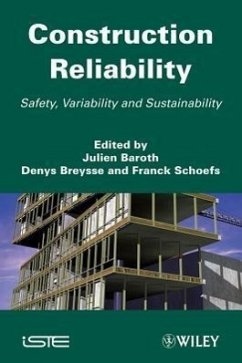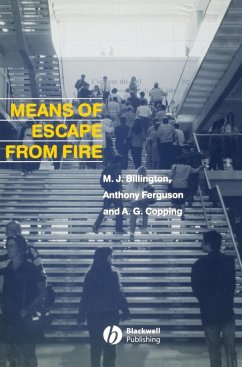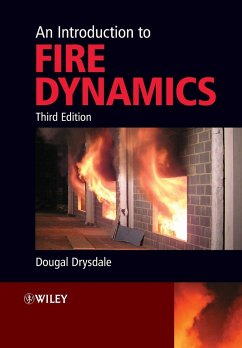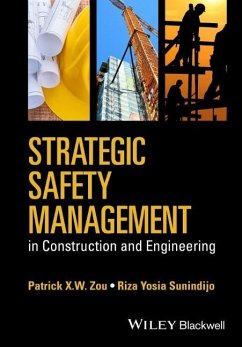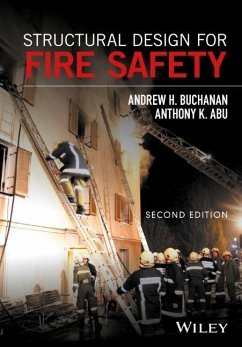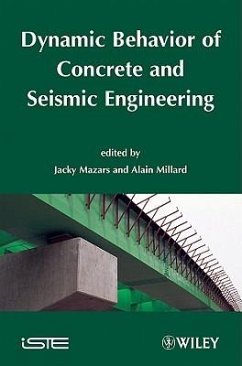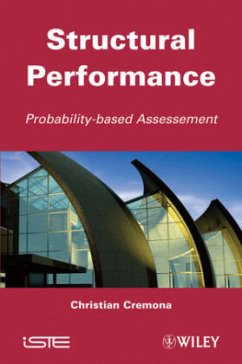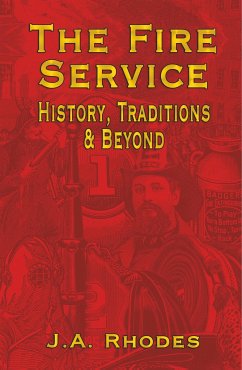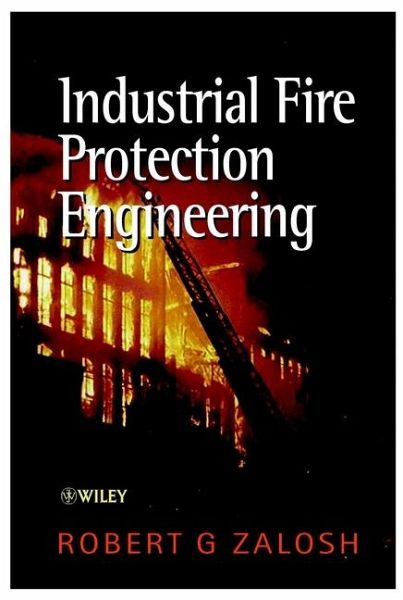
Industrial Fire Protection Engineering
Versandkostenfrei!
Versandfertig in über 4 Wochen
141,99 €
inkl. MwSt.

PAYBACK Punkte
71 °P sammeln!
In today's modern and ever-changing industrial business environment we can no longer presume that industrial firesafety can be achieved through common sense and enforcement of prescriptive codes and standards. The complexities of modern industry require a more effective approach to firesafety. This book describes how fire scenario analyses can be conducted for various types of industrial installations. The analyses involve a combination of test data, loss experience and simplified theoretical modeling. This approach shows how engineers can build fire protection into their products, whether the...
In today's modern and ever-changing industrial business environment we can no longer presume that industrial firesafety can be achieved through common sense and enforcement of prescriptive codes and standards. The complexities of modern industry require a more effective approach to firesafety. This book describes how fire scenario analyses can be conducted for various types of industrial installations. The analyses involve a combination of test data, loss experience and simplified theoretical modeling. This approach shows how engineers can build fire protection into their products, whether they are dealing with an engineering plant, machine, building or its contents. Covering general considerations that relate to the application of all fire protection engineering, the text also examines specific problem areas such as warehousing, storage of flammable liquids and safety of electrical equipment and computers. Valuable features include: * Presentation of the latest research in the field such as the protection of cabling from fire * Full international coverage, giving reference to European as well as American codes and standards * A variety of up-to-date and international case studies, making this text relevant to the practitioner as well as the academic sector. Written by an international expert in fire protection engineering, this book (based on the successful course run by the author at Worcester Polytechnic Institute, USA) is essential reading for postgraduates and practitioners in firesafety engineering, academics in the field of fire science, as well as professionals and technical personnel in insurance and loss prevention companies.





